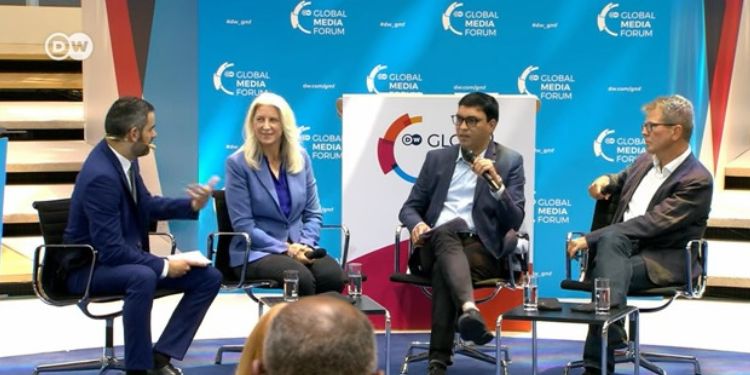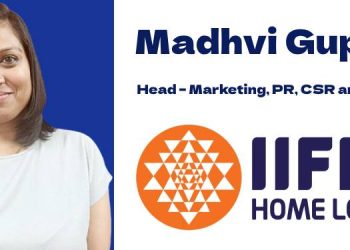Journalism has seen irreversible changes as have all forms of media, thanks to rapid proliferation of technology. Germany’s state-owned international broadcaster Deutsche Welle’s (DW) Global Media Forum 2023, hosted on 19 and 20 June, put the spotlight on ‘Innovative revenue models for journalism’.
A panel on the subject hosted by DW’s Javier Arguedas featured LV Navaneeth, CEO, The Hindu Group; Janine Warner, Co-founder and Executive director, SembraMedia; and Helge Matthiesen, Editor-in-chief, Bonner General-Anzeiger.
The panel delved into how journalism can find sustainable and innovative revenue models in the digital age, impact of new developments such as artificial intelligence on revenue, and future trends.
The session opened with a question on challenges faced by digital publishers when trying to find sustainable revenue models.
Warner noted that it was not easy to build a sustainable model in the present day.
“We saw the traditional models being disrupted and the new ones are being very creative and seeking out new ways. When people ask me what is the recipe for success, I have to say that there is no clear recipe, but we have started recognising some of the ingredients – audience engagement, not relying solely on advertising and subscription, but also finding other revenue models like consulting, services, and specialised news letters etc. It is about finding new sources of revenue that might help replacing the lost ones,” she added.
On the challenges for large, legacy news brands, Navaneeth said, “The problems are equally big for larger organisations because they are slow to move. We are a 144-year-old news media organisation. The transition from physical to digital is a big challenge. To get the digital strategy right is another challenge; to build a culture of experimentation both in the newsroom and business – those are work in progress. I would say making money from the digital products to offset organic decline in the physical business is a big challenge.”
Monetising Digital
Bonner General-Anzeiger group recently relaunched its digital strategy. Matthiesen was asked what the relaunch meant for the finances of the organisation.
Matthiesen said, “Now we are happy that we have money with digital. It is a great challenge where we have to change everything from the journalistic work and the organisational structure of the whole company and the newsroom etc. We did all that and tried to build a group of subscribers in the digital business. We don’t earn enough money with them, but we are trying to extend all the business, as we are aware that print won’t have a future.”
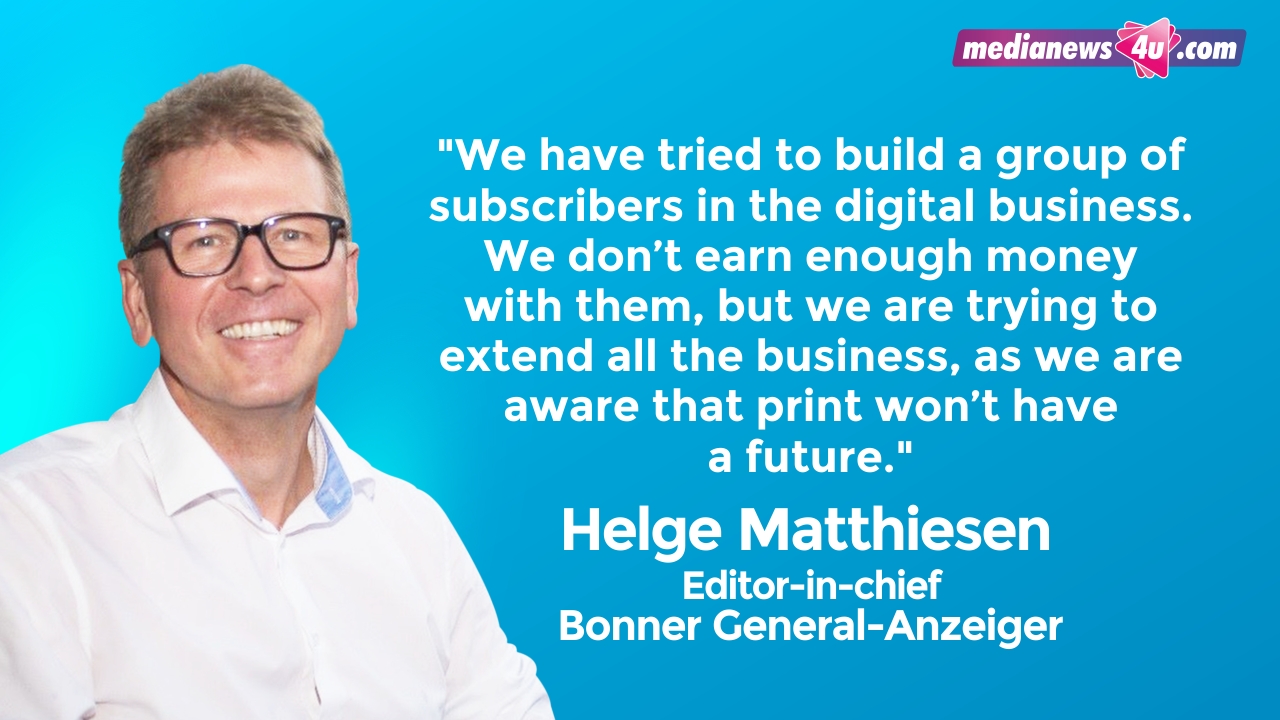
Navneeth underlined that in India and in the case of The Hindu group, print remains profitable.
“India in general and in our case, print is growing, print is profitable, circulation is stable, advertising is good. But audiences are moving, younger audiences are moving towards digital and if we don’t recognise that, it is a problem. The job of our businesses is to make journalism succeed. Our journalism succeeds if it is more accessible, it creates impact and influence on a larger audience. Our editors buy into that mission. Generally, there is a conscious effort to move towards digital, while protecting print revenues.”
The host asked whether accessibility meant access free of charge.
“India is one of the lowest cover price markets in the world. For instance, we are among the most expensive in the country; we sell at a cover price of about 10 cents. So, the industry has been built with a focus of advertisers, not necessarily the readers. We don’t want to make the same mistake with the digital ecosystem. If you put a small price on yourself, you don’t expect the world to solve your problems. So, we have a metered paywall and are very bullish about digital subscriptions. We have been at it for the last four to five years. I would say with a certain amount of modesty, we have been extremely successful,” said Navaneeth.
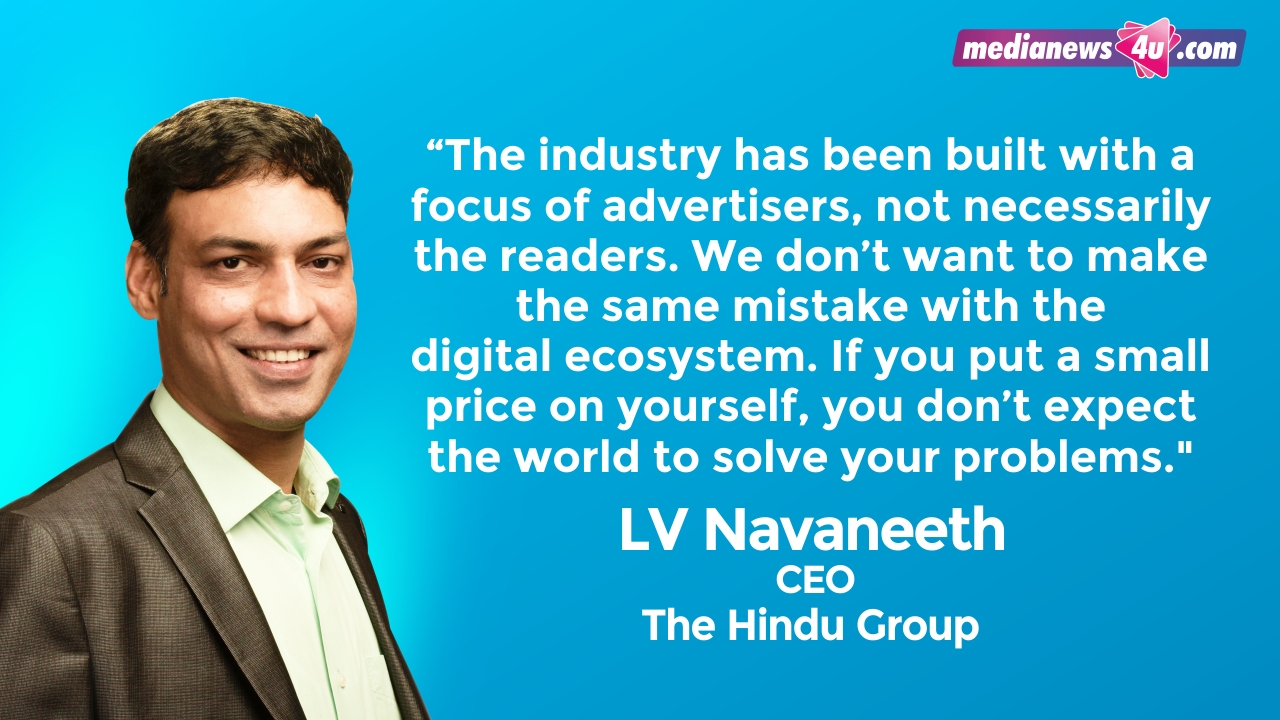
Building Multiple Revenue Streams
Quoting a survey conducted by SembraMedia in 2021, Arguedas noted that almost a third of the income of digital entrepreneur media came from grants. He questioned whether that was the way to go, or if the media should focus on subscriptions.
Warner said, “We took a real focus on socially impactful media (for the survey). They are the kind of media that operate in very difficult markets like Cuba, Venezuela etc. – they have to rely on grants. That said, after doing tons of research, there are five ways in which they make money: grants, advertising, reader support, consulting services, and other categories (which are harder to elaborate with examples). Grants are important but we tell all media leaders to first find revenue sources to make sure they have multiple sources of revenue and not overly rely either on grants or advertising or any single source. Even the grants should have multiple funders, so that you can maintain the independence.”
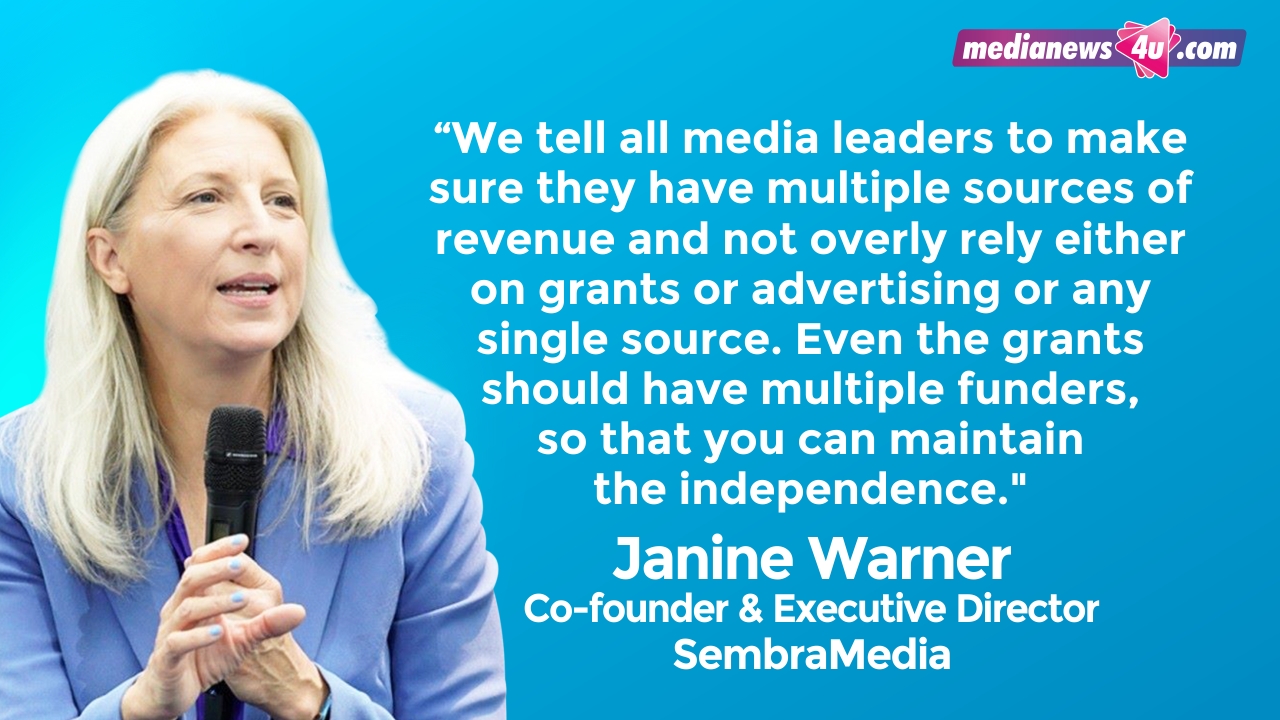
Matthiesen said that Bonner General-Anzeiger wants to remain independent from any public money or funds, terming it very important for the organisation.
On strategies to get more paid subscribers for online content, Navneeth said, “We have a fairly robust number of subscribers and it is growing. We run four titles; out of the portfolios more than half of the subscription comes from our e-paper – the digital replica of the physical newspaper. This is not skewed towards any age group. This is unique to some parts of the world. Our interpretation is that while the internet has enabled unlimited choices, it burdens you with unlimited noises as well. A section of readers is saying, ‘I would like to consume the news products within a finite period of time and I trust your editors with that, so curate the content for me’.”
The digital product allows for additional content in addition to the geographically segmented content delivered through print, noted the CEO. He also revealed plans to grow the online footprint outside India.
“Our ambition is also global. We want to engage with the world and help the world make sense of India. We also want the world to look through an Indian prism – with that objective we are launching an international edition starting from 1st July 2023, which will be a daily product curated as an e-paper. This is how we will expand our subscription business outside of India,” noted Navaneeth.

